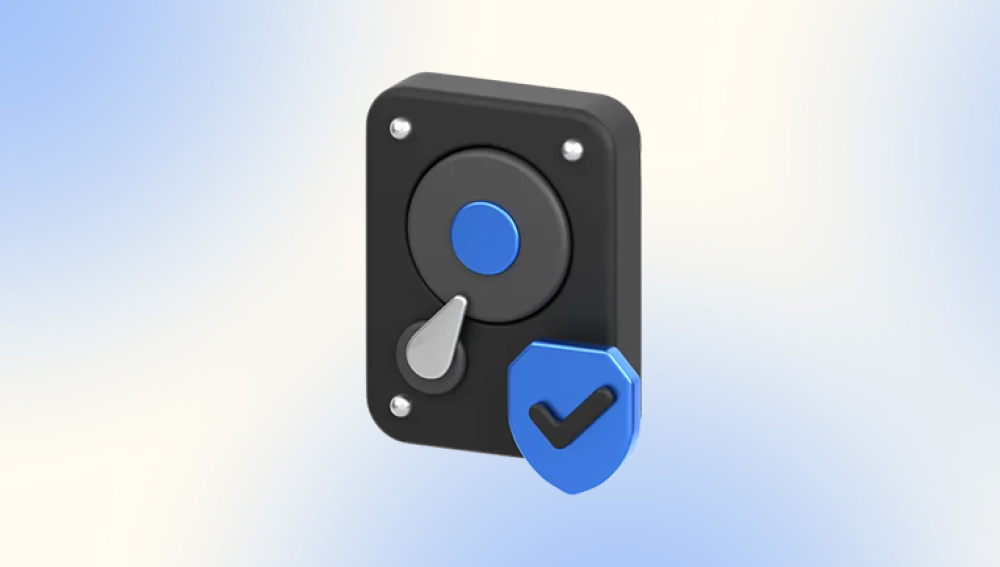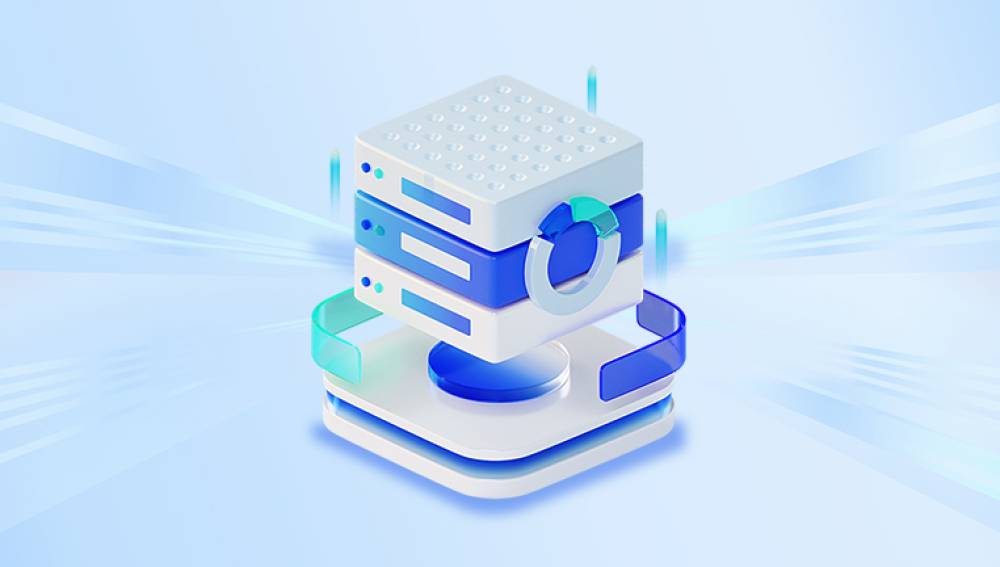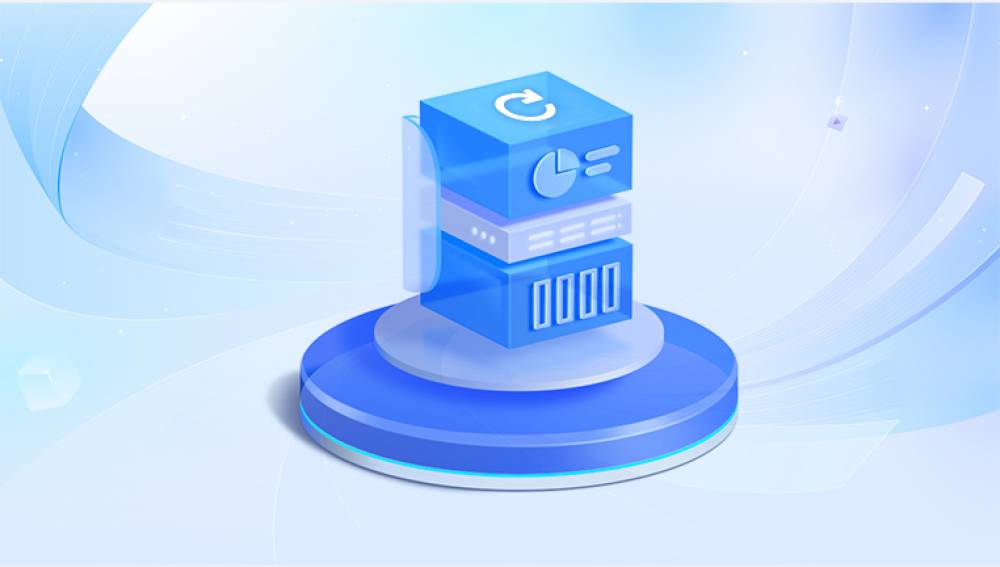Increasing the disk space allocated to Ubuntu in a dual-boot setup can be achieved through several steps. This process generally involves resizing partitions, which can be a bit tricky and potentially risky if not done correctly.
Step-by-Step Guide to Increasing Ubuntu Disk Space in a Dual Boot Setup
1. Backup Your Data
Before making any changes to your disk partitions, it is crucial to back up all important data. Resizing partitions can sometimes lead to data loss if something goes wrong.
2. Check Current Disk Usage
Open a terminal in Ubuntu.
Use the df -h command to check the current disk usage.
This will display the filesystem, the size of each partition, used space, available space, and the mount point.

3. Boot from a Live USB/DVD
Download an Ubuntu ISO and create a bootable USB/DVD using tools like Rufus (for Windows) or Startup Disk Creator (for Ubuntu).
Boot from the live USB/DVD by restarting your computer and selecting the boot device from the BIOS/UEFI menu.
4. Use GParted to Resize Partitions
GParted is a graphical partition editor available in the live session of Ubuntu.
Once in the live session, open GParted (you can find it in the system tools menu).
Identify the partitions. You'll typically see a partition for Windows (NTFS), a partition for Ubuntu (ext4), and possibly a swap partition.
To increase the size of the Ubuntu partition, you'll need to free up space from other partitions.
Steps to Resize Partitions:
Resize Windows Partition:
Select the Windows partition (usually NTFS).
Right-click and choose "Resize/Move".
Shrink the partition by entering a smaller size, freeing up space. Apply the changes.
Resize Ubuntu Partition:
Select the Ubuntu partition (usually ext4).
Right-click and choose "Resize/Move".
Increase the size by dragging the slider or entering a new size to utilize the freed space. Apply the changes.
Move Partitions if Necessary:
If the free space is not adjacent to the Ubuntu partition, you may need to move partitions to make the space contiguous. This can be done by selecting a partition, choosing "Resize/Move", and dragging it to a new position.
5. Apply the Changes
Once you have resized and moved partitions as needed, apply all changes in GParted. This process may take some time depending on the size of the partitions being resized and moved.
6. Update GRUB Bootloader
After resizing the partitions, you may need to update the GRUB bootloader to recognize the changes.
Reboot the system from the hard drive and log into Ubuntu.
Open a terminal and run the following commands:
bash
复制代码
sudo update-grub sudo grub-install /dev/sda
Replace /dev/sda with your actual disk identifier if different.
7. Check New Disk Space
Open a terminal and run the df -h command again to check the new disk usage.
Ensure that the Ubuntu partition has increased in size and that all data is intact.
8. Additional Considerations
Swap Partition: If you have a swap partition, you might need to resize or move it as well. This can be done similarly to the other partitions in GParted.
UEFI Systems: If your system uses UEFI instead of BIOS, ensure that the bootloader updates correctly to reflect the new partition sizes.
File System Check: After resizing partitions, it's good practice to run a file system check. Use the fsck command in the terminal:
sudo fsck /dev/sdXY
Replace /dev/sdXY with the actual partition identifier.
9. Troubleshooting
If you encounter any issues, such as Ubuntu not booting or partitions not resizing correctly, consider the following:
Boot Repair: Use a tool like Boot Repair, which can be run from a live USB/DVD to fix common boot issues.
Check Disk Health: Use tools like smartctl to check the health of your disk.
Consult Documentation and Forums: Ubuntu and other Linux distributions have extensive documentation and active forums where you can seek help.




